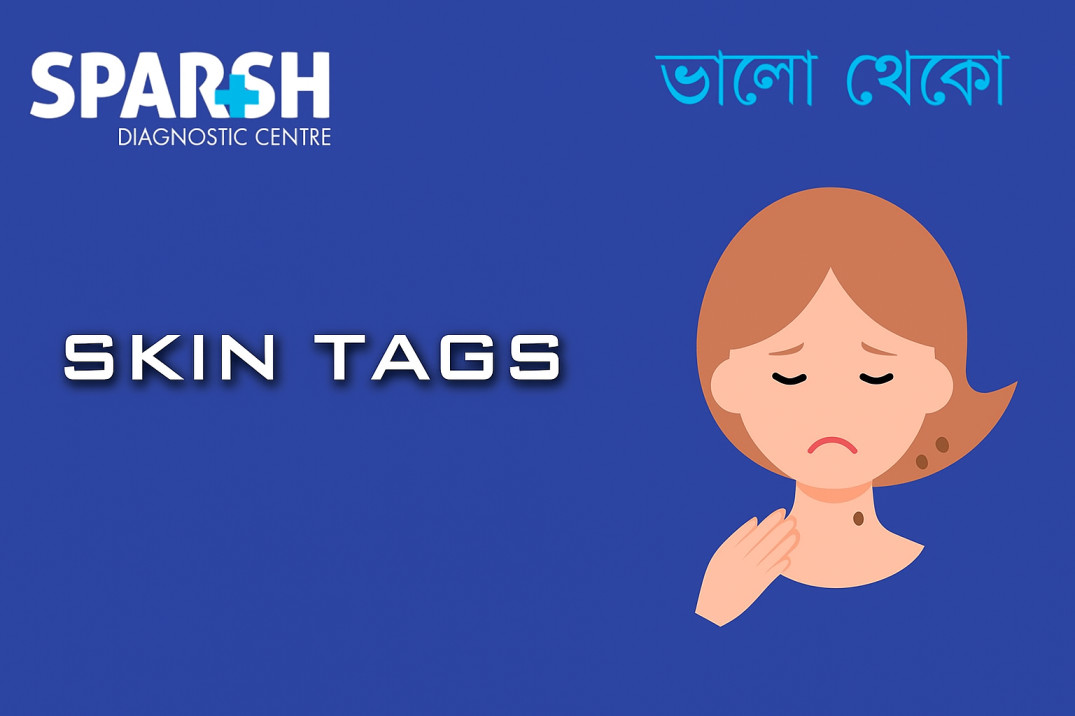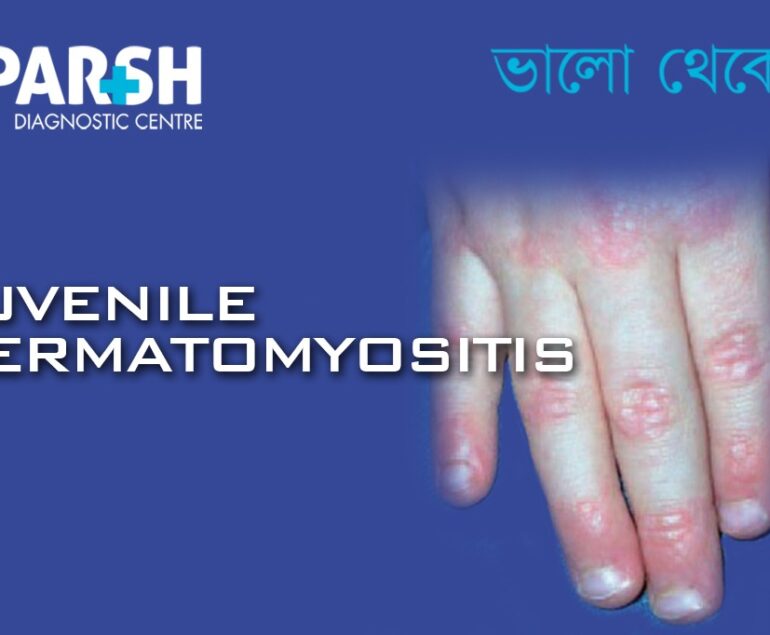Skin tags—medically known as acrochordons—are small, benign growths that commonly appear on the skin’s surface. Though harmless, they can be cosmetically bothersome or uncomfortable depending on their location. This blog explores the causes, symptoms, treatment options, and prevention strategies for skin tags, helping you make informed decisions about your skin health.
What Are Skin Tags?
Skin tags are soft, flesh-colored growths that hang off the skin by a thin stalk. They are non-cancerous and typically painless. Commonly found in areas where skin rubs against skin or clothing, such as:
- Neck
- Armpits
- Groin
- Eyelids
- Under the breasts
Causes of Skin Tags
While the exact cause isn’t fully understood, several factors contribute to their development:
- Friction from skin or clothing
- Hormonal changes, especially during pregnancy
- Obesity, which increases skin folds and friction
- Genetics and family history
- Insulin resistance, common in type 2 diabetes
- Ageing, especially in middle-aged and older adults
Symptoms and Diagnosis
Skin tags are usually:
- Small (1–5 mm), but can grow larger
- Soft and mobile
- Flesh-colored or slightly darker
- Painless unless irritated
Diagnosis is clinical—dermatologists can identify skin tags through visual examination. No biopsy is needed unless the growth changes in color, shape, or size.
Are Skin Tags Dangerous?
No. Skin tags are benign and not linked to cancer. However, they may become irritated due to friction or jewelry. If a skin tag bleeds, grows rapidly, or changes color, consult a dermatologist to rule out other skin conditions.
Skin Tag Removal Options
1. Cryotherapy
Freezing the tag with liquid nitrogen. Quick and effective.
2. Electrosurgery
Burning off the tag using electric current.
3. Excision
Cutting off the tag with sterile scissors or scalpel.
4. Ligation
Tying off the tag’s base to cut off blood supply.
5. Over-the-Counter Solutions
Creams and patches are available, but results vary. Always consult a doctor before use.
DIY Removal: Is It Safe?
Avoid removing skin tags at home. Improper techniques can lead to bleeding, infection, or scarring. Always seek professional help for safe removal.
Prevention Tips
While not all skin tags can be prevented, you can reduce risk by:
- Maintaining a healthy weight
- Reducing skin friction with breathable clothing
- Managing blood sugar levels
- Using gentle skincare products
- Avoiding tight jewelry or accessories
Skin Tag vs. Other Skin Growths
| Feature | Skin Tag | Wart | Mole |
|---|---|---|---|
| Cause | Friction, genetics | HPV infection | Pigment cells |
| Texture | Soft, smooth | Rough, grainy | Smooth or raised |
| Color | Flesh-colored | Brown/gray | Brown/black |
| Risk | Benign | Contagious | May be cancerous |
| Treatment | Removal optional | Medical treatment | Monitoring/removal |
FAQ Section on Skin Tags
Q1: Can they grow back after removal?
The removed tag won’t grow back, but new ones may appear in the same area.
Q2: Are they contagious?
No, unlike warts, skin tags are not caused by viruses and are not contagious.
Q3: Do skin tags indicate diabetes?
Not necessarily, but multiple skin tags may be associated with insulin resistance. Consult your doctor for screening.
Q4: Can children get them?
Rarely. Skin tags are more common in adults, especially those over 40.
Q5: Is laser treatment effective?
Yes, laser therapy is a precise and minimally invasive option offered by dermatologists.
Skin tags are common and harmless, but they can be a cosmetic concern. With safe removal options and preventive care, you can manage them effectively. If you notice changes in your skin tag’s appearance, don’t hesitate to seek medical advice.
#BhaloTheko
Disclaimer:
No content on this site, regardless of date, should ever be used as a substitute for direct medical advice from your doctor or other qualified clinician.

![]()





